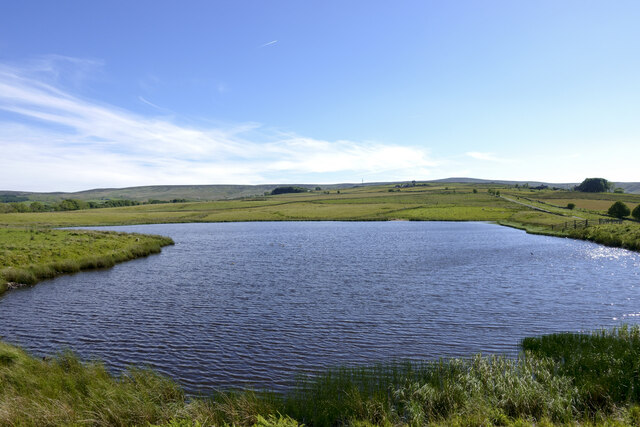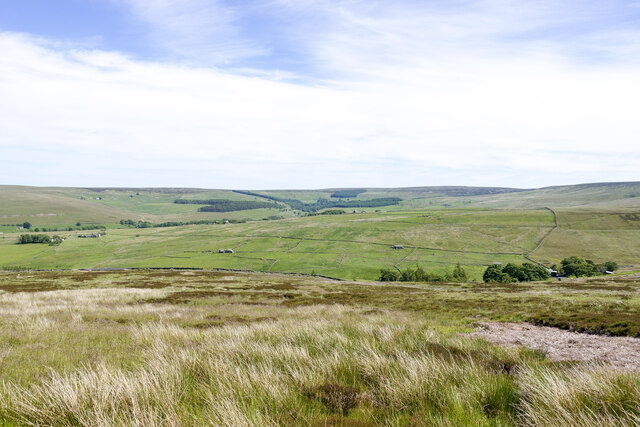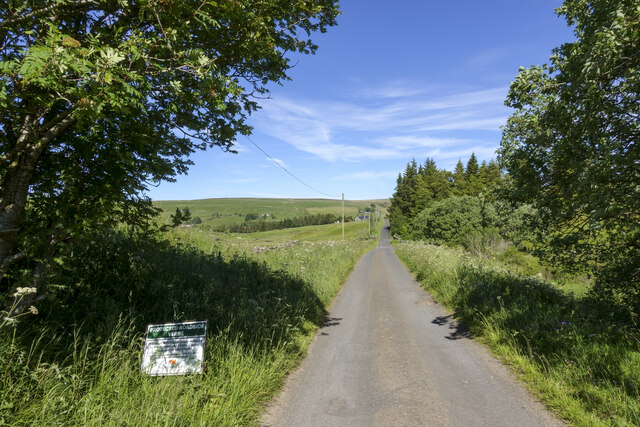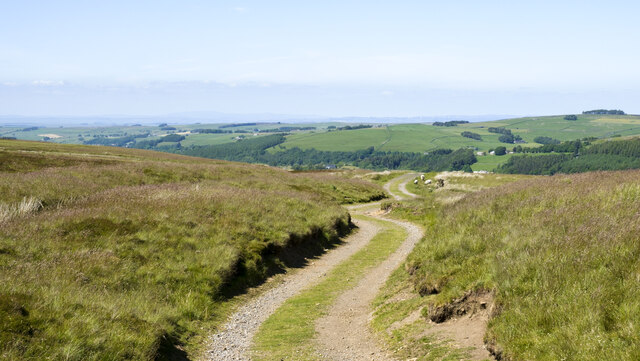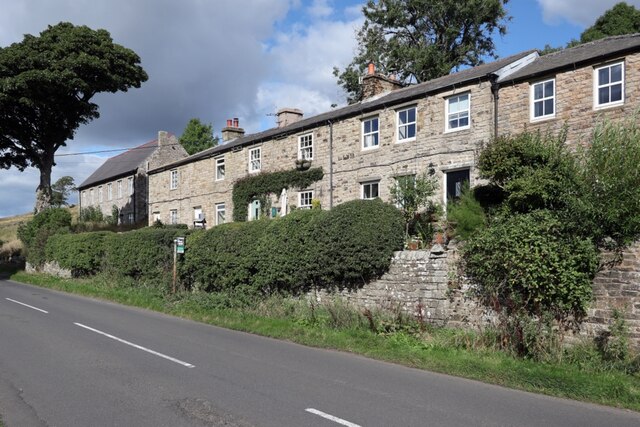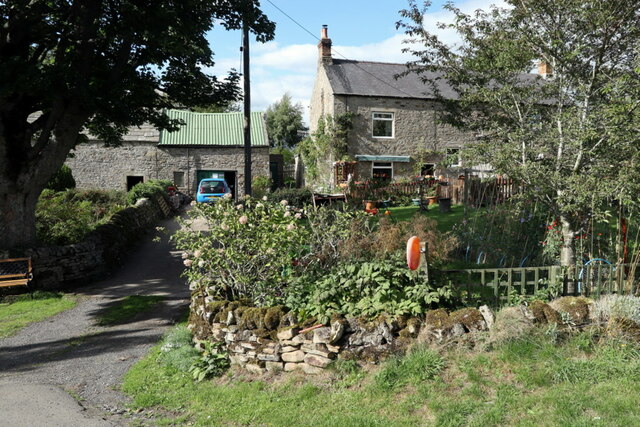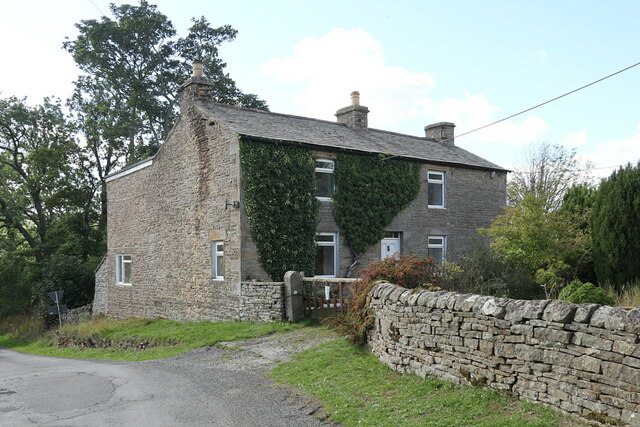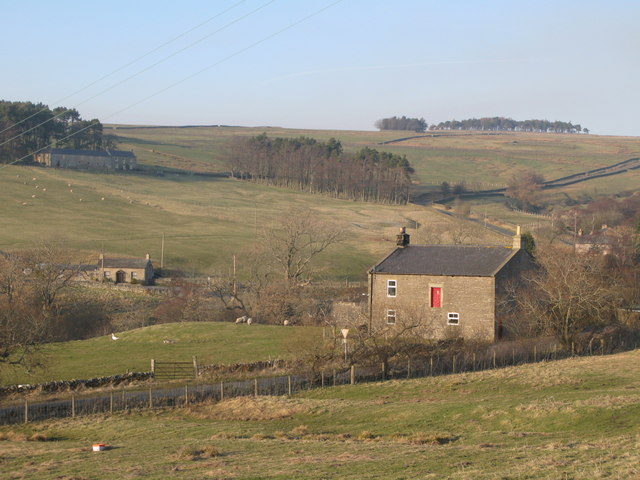Coatenhill Reservoir
Lake, Pool, Pond, Freshwater Marsh in Northumberland
England
Coatenhill Reservoir
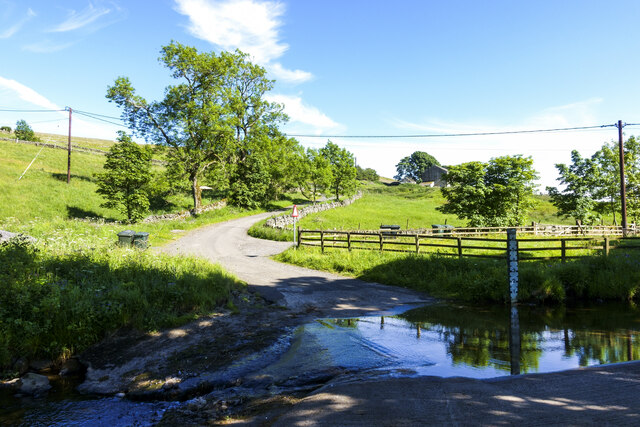
Coatenhill Reservoir is a picturesque freshwater lake located in Northumberland, England. Covering an area of approximately 20 acres, it serves as an important water source for the surrounding region. The reservoir was created by damming a small river, resulting in a calm and tranquil body of water.
Surrounded by lush vegetation and rolling hills, Coatenhill Reservoir offers a peaceful retreat for both locals and tourists alike. The lake is known for its crystal-clear waters, which are fed by natural springs. This ensures a healthy ecosystem and provides habitat for a variety of aquatic plants and animals.
The reservoir is a popular spot for fishing enthusiasts, with a diverse range of fish species including pike, perch, and trout. Anglers can be seen casting their lines from the banks or from small boats, enjoying the serene atmosphere and the chance to catch a prized fish.
In addition to its recreational opportunities, Coatenhill Reservoir also plays a vital role in the local ecology. It serves as a habitat for numerous bird species, such as mallards, swans, and herons, making it a prime location for birdwatching. The surrounding marshland acts as a nesting ground for several waterfowl species, providing a safe haven for breeding and raising their young.
Visitors to Coatenhill Reservoir can take advantage of the various walking trails that surround the lake, offering scenic views of the water and the surrounding countryside. The reservoir is easily accessible by car, with a parking area available for visitors. It is a popular destination for nature lovers, offering a peaceful and idyllic setting to enjoy the beauty of Northumberland's countryside.
If you have any feedback on the listing, please let us know in the comments section below.
Coatenhill Reservoir Images
Images are sourced within 2km of 54.827345/-2.2408444 or Grid Reference NY8448. Thanks to Geograph Open Source API. All images are credited.
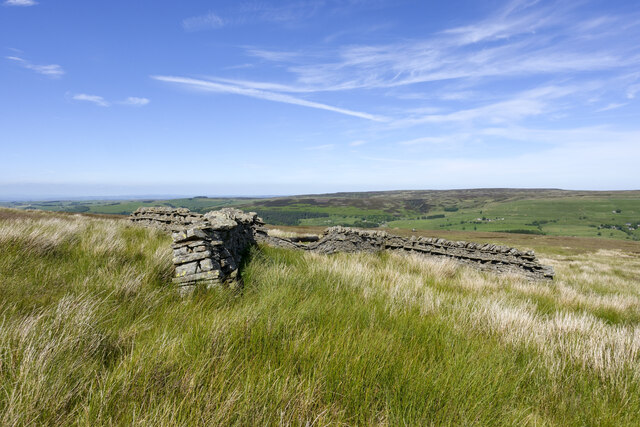
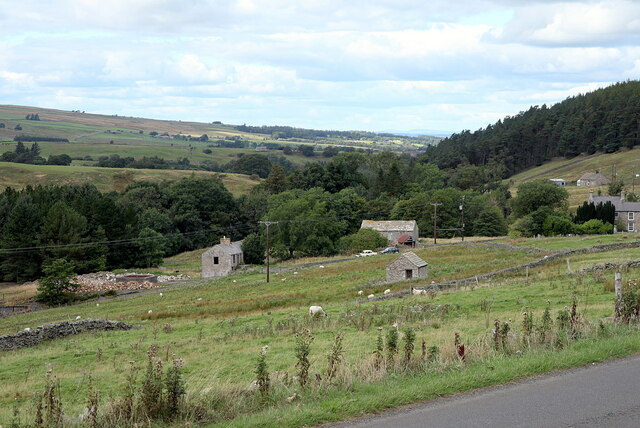
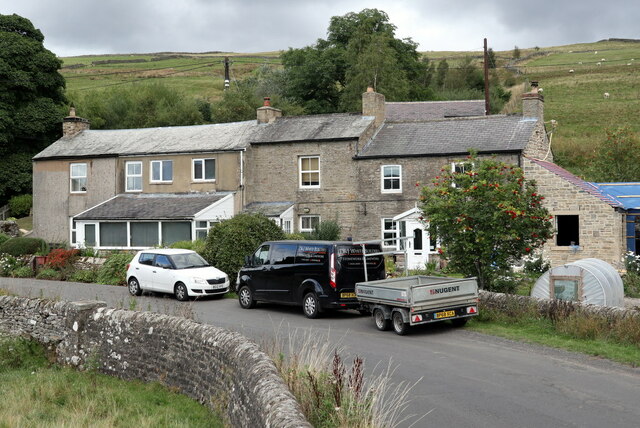
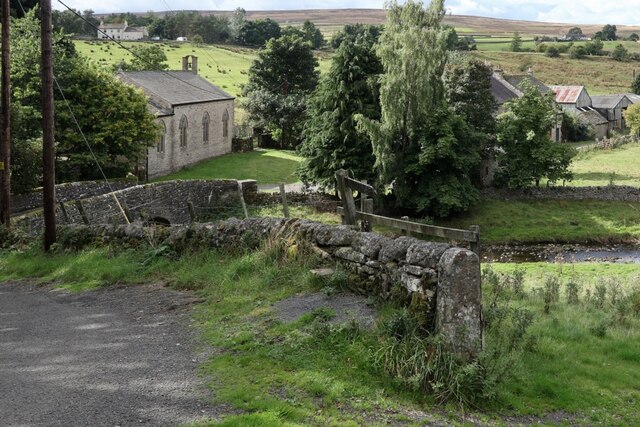
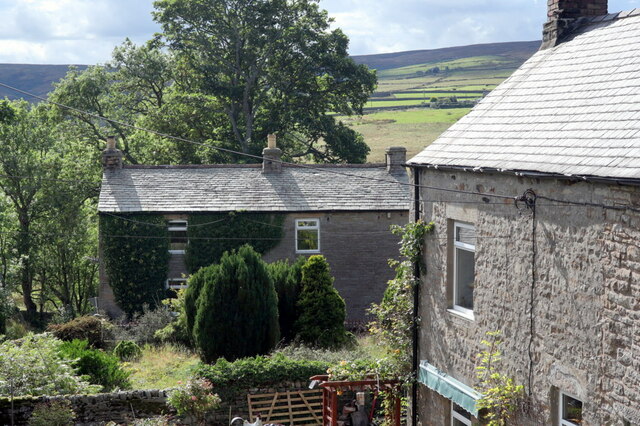
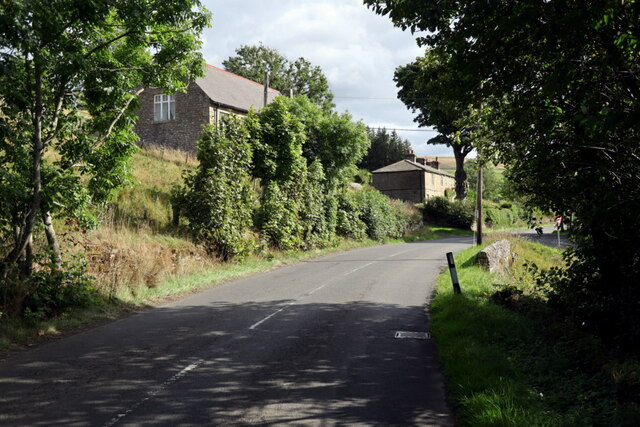
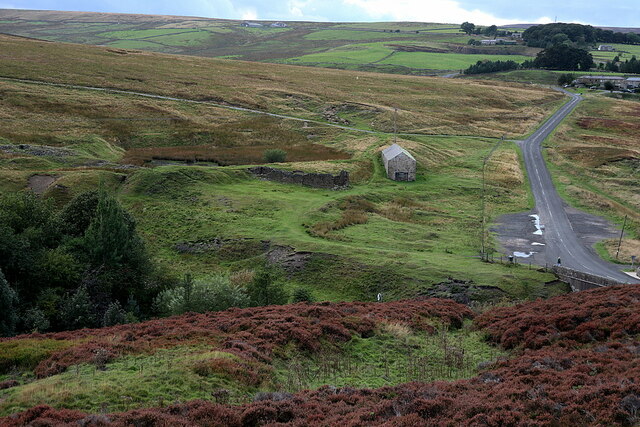
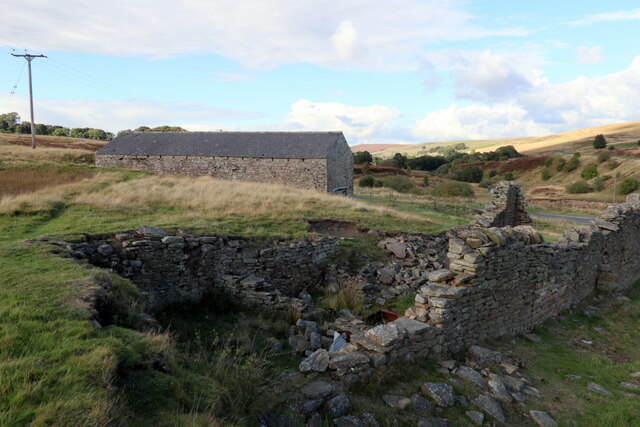
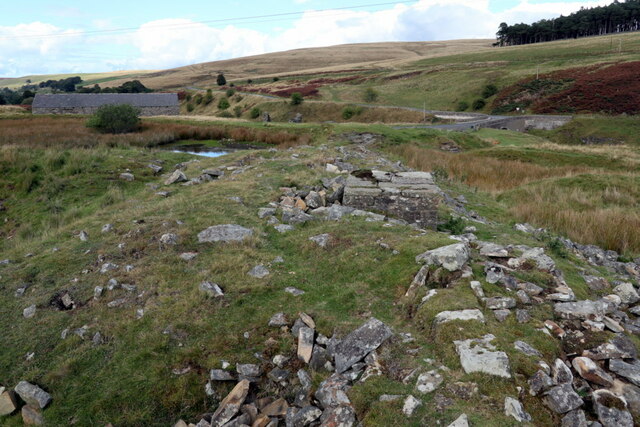
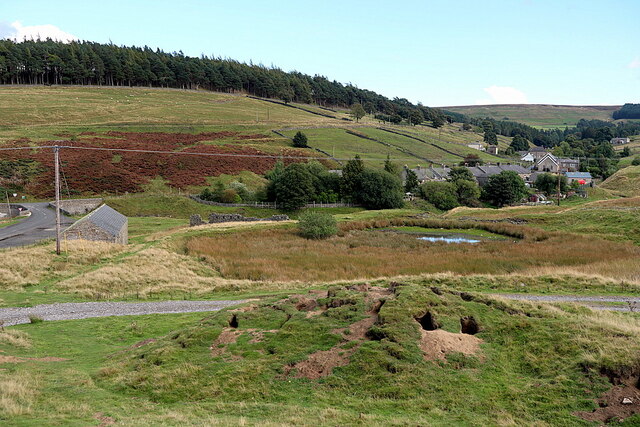
Coatenhill Reservoir is located at Grid Ref: NY8448 (Lat: 54.827345, Lng: -2.2408444)
Unitary Authority: Northumberland
Police Authority: Northumbria
What 3 Words
///divides.devoured.inhaled. Near Alston, Cumbria
Nearby Locations
Related Wikis
Hexhamshire Moors
Hexhamshire Moors is a Site of Special Scientific Interest covering an extensive area of moorland in the Wear Valley district of north-west County Durham...
Allenheads
Allenheads is a former mining village in the Pennines to the north of Weardale in Northumberland, England. Lead extraction was the settlement's industry...
Allendale Moors
Allendale Moors is a Site of Special Scientific Interest (SSSI) in Northumberland, England. The upland moorland ridge site is listed for its heath, flush...
Sinderhope
Sinderhope is a hamlet situated on the east Allen Valley in south-west Northumberland. The population is spread over farms in an area approximately 25...
Acton, Northumberland
Acton is a small hamlet in Northumberland, north-east England, about 3 miles (5 km) south of Allendale Town. Acton is usually Anglo-Saxon Old English...
Carr Shield
Carrshield is a village in Northumberland, in England. It is situated in the Pennines approximately between Penrith and Hexham. It is a small village with...
Coalcleugh
Coalcleugh is a hamlet in Northumberland, England. It is situated in the Pennines between Penrith and Hexham. In the past it was well known as a lead mining...
Throssel Hole Buddhist Abbey
Throssel Hole Buddhist Abbey is a Buddhist monastery and retreat centre located in Northumberland, in northern England. The monastic order is equally for...
Nearby Amenities
Located within 500m of 54.827345,-2.2408444Have you been to Coatenhill Reservoir?
Leave your review of Coatenhill Reservoir below (or comments, questions and feedback).
